Why Do Athletes Wear Compression Sleeves?
Compression sleeves worn on the legs or arms are usually part of an athlete’s outfit, whether professional or amateur. They serve many different purposes, not least to boost blood flow and improve muscle recovery. Some runners may wear arm sleeves to keep themselves warm at the start of an early-morning race, while dancers could be wearing calf compression sleeves for aesthetic reasons first and foremost.
So, why do athletes wear compression sleeves, what type do they use and how do they choose them? Beyond the primary circulation benefits, athletes find that compression garments help with thermoregulation, moisture wicking, joint support, and more.
Read on to find out all the benefits of compression and how you can add sleeves to your athletic wardrobe.
8 Reasons Athletes Wear Compression Sleeves
The primary benefit of arm or calf compression sleeves is that they stimulate blood flow in the area they cover. Through added pressure onto the lower legs or arms, they exert a gentle massage that helps muscles feel more relaxed, but also supports joint stability. Here are some top reasons for wearing compression sleeves.
1. Improved Athletic Performance
Wearing compression socks and sleeves as an athlete can support improved performance. The boosted blood flow helps deliver oxygen and nutrients to the muscles more quickly and efficiently, which can reduce the time it takes to recover from hard workouts. Over time, this means an athlete can train more and be more efficient as they develop in their sport.

Moreover, compression sleeves help avoid injuries such as shin splints, Achilles tendonitis, or elbow tendonitis. This pays dividends for an athlete’s performance, since they don’t need to take as much time out from training or miss races and events.
2. Faster Workout Recovery
After workouts, delivering nutrients and oxygen to the muscles is essential for recovering. This is enabled by compression sleeves, since they stimulate blood flow to the affected areas.
Studies have also shown that compression garments help reduce delayed onset muscle soreness (DOMS), the feeling of pain we have after exercise. This contributes to faster recovery and improved overall performance for an athlete.
3. Muscle and Joint Support
When coming back from an injury such as a calf strain, wearing supportive garments like a compression sleeve helps stabilize the muscle and reduce the impact of micro-vibrations through the limbs. This minimizes pain and discomfort during the activity, while also providing a feeling of support that puts athletes at ease.
On the arms, compression sleeves are often worn to stabilize the elbow joint. They also protect golfers and tennis players from the stress of vibrations during their sports, preventing trauma in that area.
4. Reduce the Risk of Sports Injury
When playing sports, especially in high-impact scenarios like running or basketball, the shock of repeated landings causes micro-vibrations that affect the muscles negatively over time. Wearing compression sleeves reduces their impact, contributing to longevity in the sport and reducing the risk of developing an injury.
Moreover, runners wear calf sleeves to protect them from shin splints and help them return to running after having had this injury. Compression drives down inflammation, speeds up recovery, and reduces the swelling around the tibia that athletes experience when they suffer from shin splints.
5. Temperature Regulation
Boosted blood flow enabled by compression sleeves leads to an increase in the surface temperature in that area. This is great for athletes who start an event early in the morning, in cooler temperatures, but want to easily remove a layer of clothing when it gets warmer - for example, wearing compression sleeves on the arms and then rolling them down later in the day. Of course, the opposite also applies - rolling up sleeves to keep warm when needed, or for sun protection.
6. Wick Away Moisture
Many compression sleeves are made from moisture-wicking materials such as special nylon blends. This allows them to support athletes not just through faster muscle recovery and boosted blood flow, but also externally by keeping the lower legs and arms dry in hot weather conditions.
7. Increased Stability
Compression sleeves for the arms improve the joint stability around the elbow, which reduces injury risk and promotes injury recovery for tennis players, golfers, and even runners who have elbow problems.
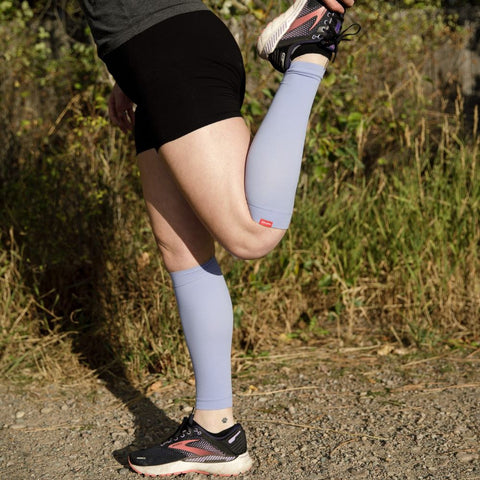
Wearing compression knee sleeves contributes to stabilizing the knee joint, which is essential for any athlete that has had knee problems. They also help reduce swelling and inflammation as they boost blood flow around the knee.
8. Added Style
One final benefit of arm or calf compression sleeves can be aesthetics. For some professional runners, a colorful arm sleeve has become a part of their signature style, especially in track and field. With compression sleeves, you can add a pop of color to any outfit or wear your sports team or club’s colors.
Frequently Asked Questions About Compression Sleeves for Athletes
Are you itching to try a pair of sleeves (or just one!) and still have questions? Here are some answers for you.
Why Do Athletes Wear Sleeves On One Arm or Leg?
Wearing only one compression sleeve can mean someone is recovering from a specific injury or wishes to protect that one arm or leg more than the other. This can occur when you have a cut, for example, or when you’ve suffered from elbow tendonitis on one side only. At the same time, it’s good to wear both arm or calf sleeves because applying equal pressure on both sides helps prevent asymmetries from developing.
Additionally, for some athletes, one arm or elbow will put up with more pressure than the other. This is the case for those shooting or throwing with one arm only.
Finally, if an athlete has a tattoo they want to cover up, or if they have an aesthetic reason to wear an arm sleeve, they may do so on just one side.
Do Compression Sleeves Help Muscles Grow?
Compression sleeves stimulate blood flow in the area where they are worn. As a result, they help deliver more nutrients and oxygen to the muscles in that part of the body, supporting a quicker recovery from exercise. This does not necessarily mean that they help the muscles grow - but they play a positive role in recovery, helping flush out lactic acid and refuel the muscles.
Do Compression Sleeves Work for Runners?
Runners can use calf compression sleeves to protect their lower legs, reduce injury risk, and promote quicker recovery. Calf sleeves are a great way for runners to get some extra protection from the sun or from cuts and grazes, too.

Additionally, runners can also benefit from wearing arm compression sleeves. They support the elbow joint, stabilizing the arms, and they are a versatile part of a runner’s outfit. With arm sleeves, it’s easier to control how warm or cold the upper body gets, and change this during a long run (by rolling sleeves up and down as needed). They also provide sun protection.
How to Choose the Best Athletic Compression Sleeves
From wearing compression sleeves to help stabilize and support joints during sports, to using them as recovery aids or aesthetic parts of an outfit, compression sleeves are very popular with athletes. But, to make sure you get the full benefits, you’ll need to take into consideration a few factors when buying your athletic compression sleeves:
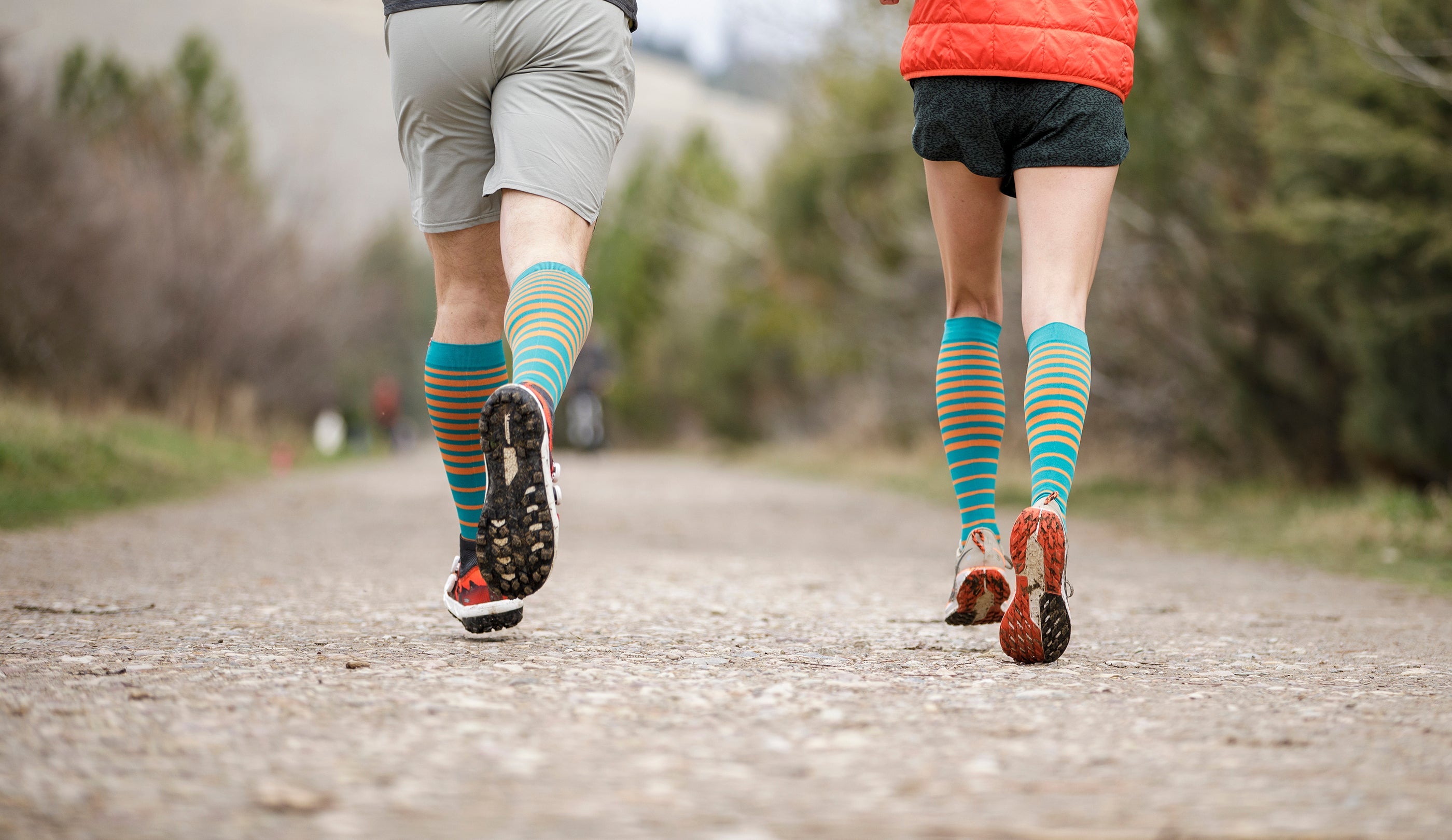








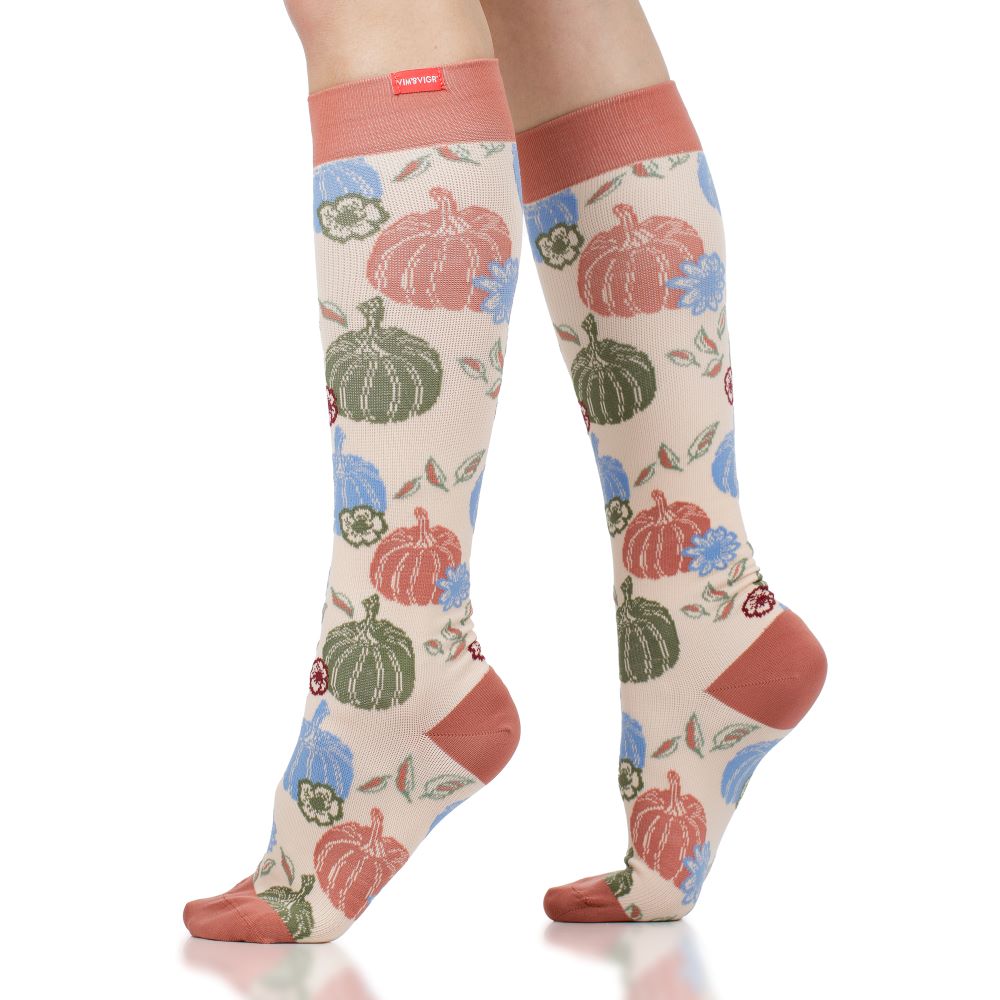
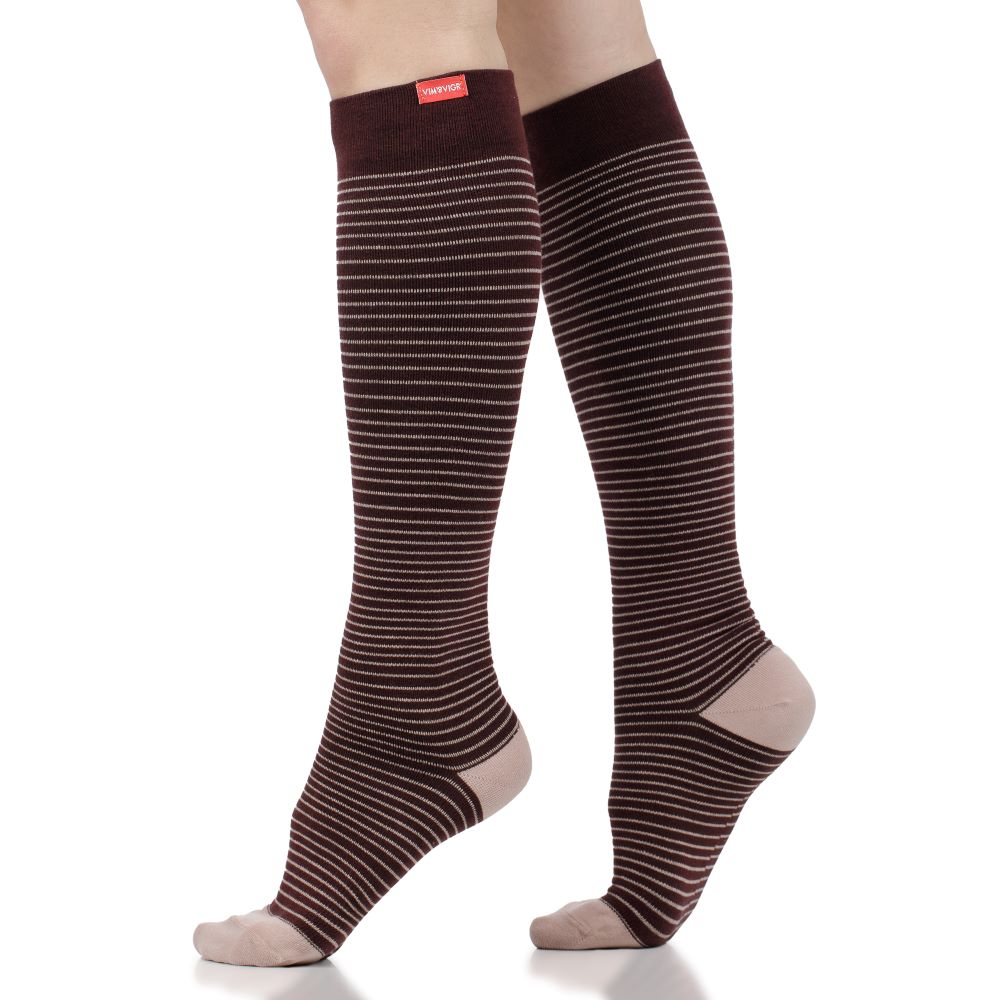
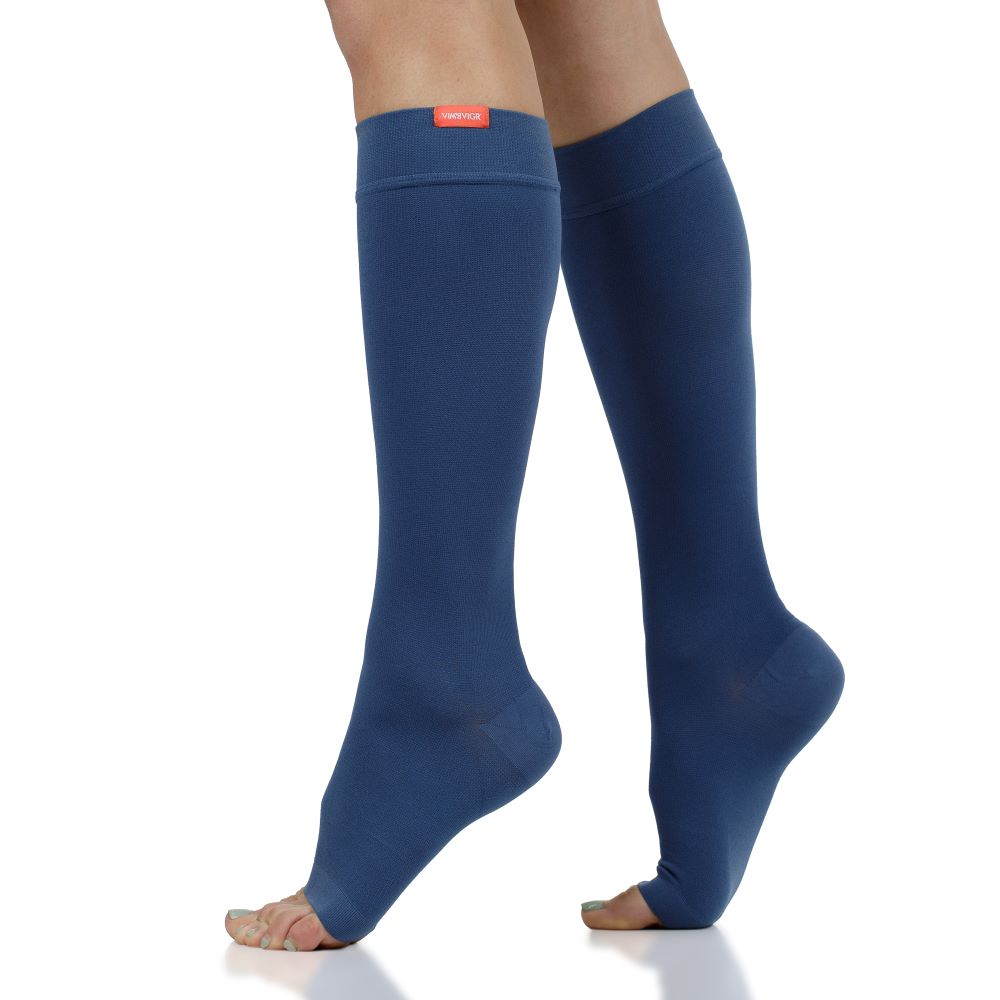






Leave a comment